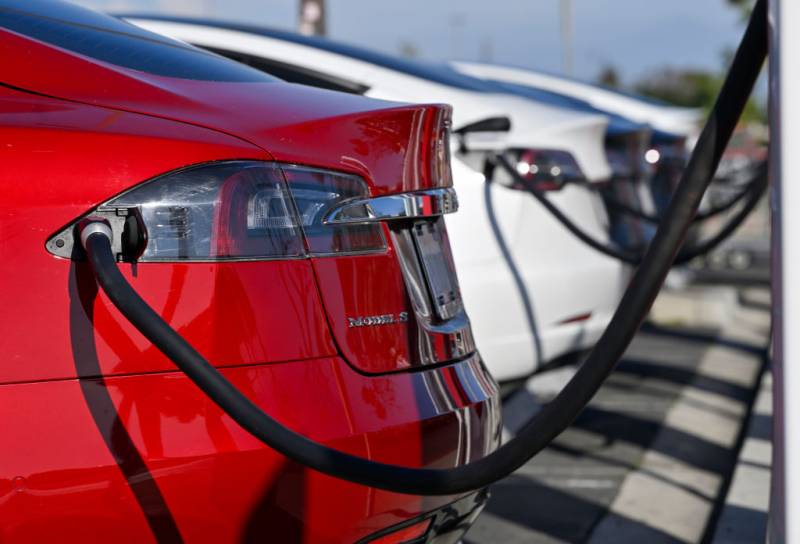The San Francisco Bay Area is leading the state and nation in a shift from gas-powered cars to electric vehicles. These EVs, as well as hybrid cars and other more fuel-efficient models, are steadily lowering the region’s carbon footprint, according to researchers at UC Berkeley.
The scientists found that carbon dioxide levels fell across the region at an annual rate of about 1.8% between 2018 and 2022. Vehicle emission rates saw a yearly drop of 2.6%. The scientists used data pulled from a custom-designed network of sensors affixed mostly to the top of schools in the East Bay to monitor carbon dioxide levels in real time, as well as state statistics and records from the DMV.
